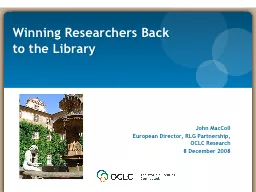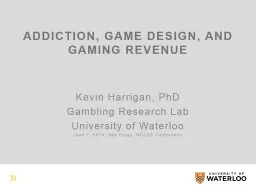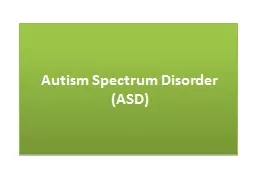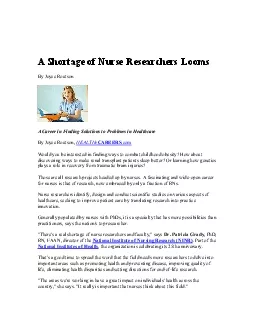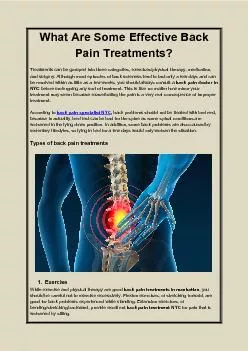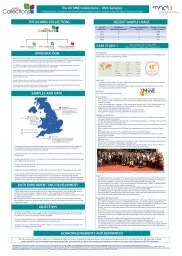PPT-Winning Researchers Back
Author : patchick | Published Date : 2020-06-16
to the Library November 17 2008 John MacColl European Director RLG Partnership OCLC Research 8 December 2008 Recent risk analysis In a rapidly evolving information
Presentation Embed Code
Download Presentation
Download Presentation The PPT/PDF document "Winning Researchers Back" is the property of its rightful owner. Permission is granted to download and print the materials on this website for personal, non-commercial use only, and to display it on your personal computer provided you do not modify the materials and that you retain all copyright notices contained in the materials. By downloading content from our website, you accept the terms of this agreement.
Winning Researchers Back: Transcript
Download Rules Of Document
"Winning Researchers Back"The content belongs to its owner. You may download and print it for personal use, without modification, and keep all copyright notices. By downloading, you agree to these terms.
Related Documents

